It’s fair to say that we’re living in the golden age of photo contests. Awards like World Press Photo and Pictures of the Year International have been around for generations, having recognized some of the most important photojournalists of the last century. Meanwhile, contests like the Insight Investment Astronomy Photographer of the Year or Nikon’s Small World Photomicrography Competition have helped deepen our understanding of modern science and technology. Some prizes, like the Comedy Wildlife Photography Awards, have reminded us of the power of a good laugh.
In 2021, it seems there’s a competition out there for every genre and specialty. 500px has multiple Quests open at any given time, covering a range of subjects and areas of expertise. The Kennel Club in the UK has a prize for dog photographers, and the National Audubon Society presents an annual award for bird photographers. And you don’t necessarily need the latest and greatest gear to participate, as there are multiple competitions out there for mobile photographers. We put together this quick list of submission tips to boost your chances of success.
Do your research
You could submit to every single contest you find, but it’s best to target your approach and choose just a handful of competitions that suit your style and perspective. If you’re a portrait photographer, for example, consider applying to awards specific to that niche, like the Taylor Wessing Photographic Portrait Prize or Portrait of Humanity. Wildlife photographers, on the other hand, might target competitions like Wildlife Photographer of the Year or the BigPicture Natural World Photography Awards. 500px Quests often revolve around set themes, subjects, or genres, and the editors always provide a detailed brief so you know exactly what they’re looking for. Read the theme carefully.
There are two other things to look for when deciding if a photography competition is worth your time. The first is the judge or judging panel, which could include notable photographers as well as photo editors, curators, and publishers. Take a look at the projects they’ve worked on recently, and read any interviews they’ve given to get an idea of what they want to see. Secondly, if the prize is recurring, check out the photographers who’ve won in the past. That’ll also give you a sense of what works.
Note: If you’re submitting to Quests on 500px, they always offer an Inspiration library you can browse to get an idea of what the judges want.
Mind the details
Photo competitions often have specific requirements concerning image size, file format, photographer eligibility, even image file naming conventions, so don’t neglect the fine print. It takes just a few minutes to familiarize yourself with the rules, and it can make the difference between being a contender and being disqualified.
Another reason to read the terms and conditions is image usage. Before submitting, be clear about how and where your images might be used (e.g., in press coverage of the contest, promotional materials, etc.). You should never give away the copyright to your own images, so beware if a competition is asking you to do this.
Write (and rewrite) your artist statement
Your artist statement isn’t set in stone; it can evolve as your project progresses, so don’t be afraid to dive in, experiment, and have fun with it. Your statement is where you can tell the judges who you are, how you work, and why you do what you do. Be honest, and lean into whatever it is that makes you unique. You can start with a mind map or list of adjectives that describe your work before creating an outline for what you want your statement to look like. Some artists like to “interview” themselves during the brainstorming phase.
Strong statements don’t need fancy words or artsy jargon; instead, they tell us about what shaped you and what continues to motivate and inspire you. You can get specific and include personal anecdotes and memories that haunt you or continue to influence your vision. Details usually resonate more than generalizations. It can also help to tailor/finesse your statement to suit specific competitions and their requirements.
When you have a draft, ask a few friends to read through your statement and give their feedback: Is it easy to follow, and does it get to the point? Is there anything they find distracting or tangential? What do they remember most after reading it? Most of all, is it interesting? A second and third (or tenth) pair of eyes always helps. Finally, you’ll probably have to trim down your statement; only keep the essentials, and cut the rest.
Note: Some competitions require artist statements, and others don’t. All the more reason to read the instructions backward and forward before submitting your work!
Dare to be different
We live in an image-saturated world, and the jurors of photography awards are used to going through hundreds of submissions at a time. They want to see something they haven’t seen before, whether it’s a bold use of color, an eye-catching composition, or a story they’ll never forget. Beyond beautiful pictures, judges respond to photographers with something to say.
Unfortunately, there’s no shortcut to finding what makes you different from everyone else, but as you create more work and experiment, patterns will start to emerge. Pay attention to those details, and take risks. Understand the trends, but know when they’re not worth following. Learn how to identify photographic cliches—and how to avoid them.
Rewriting your artist statement is a good way to get a sense of your voice and perspective. Another way to find untold stories is to look close to home. Research your subject in-depth. As a member of your community, you’re uniquely qualified to photograph it.
Edit ruthlessly
Photo competitions are full of technically flawless images, so only submit your best photos. Your favorite photo might not be your strongest photo, so try to be objective and honest with yourself. You can always ask peers, both inside and outside of the industry, to critique your work and help you with your final selects.
Attending portfolio reviews, like those offered by Photolucida, are a great way to get expert feedback. If you’re submitting a series, the images should form a cohesive and consistent whole but be different and varied enough to tell a larger story. Steer clear of using shots that feel repetitive or redundant.
Here’s where taking your time is especially helpful: if you’re rushing to submit images the night before a deadline, you’re less likely to view them clearly. Give them an initial pass, and then review them several times.
Beware of over-processing
When it comes to edits, less is often more. Unless the rules of the competition state otherwise, most judges prefer natural post-production. Of course, you can adjust your colors, shadows, and highlights to make your photos shine, but use a light touch and keep it true to life.
Heavy filters, bad HDR, and other effects can distract from the most important aspects of the image: the composition, the colors, and the emotions of the moment. If you’re unsure about an edit, step away from it and return in a few days to see if it works. Of course, your editing should also be consistent across the body of work you’ve submitted to give the judges a sense of your aesthetic and style.
Note: Some contests (typically, photojournalism and wildlife awards) also have explicit rules prohibiting certain kinds of image manipulation, so read the T&C carefully to avoid disqualification.
Try again
The beauty of being a photographer in 2021 is that new opportunities are always waiting around the corner. While many competitions run on an annual basis, others—like 500px Quests—happen year-round. They’re also free to submit for photographers on 500px, so there’s no limit to how many you can enter. Opportunities like these are perfect for trying new things and gaining confidence in your work.
It’s also important to remember that while everyone enters a competition in hopes of taking home a prize, “winning” isn’t everything. Photo competitions are also great for growing your audience, reaching new people, and getting your portfolio in front of industry leaders, like the editors of 500px and other top brands. Shortlisted photographers for various awards often get published widely and sometimes exhibited as part of group shows. If you end up winning it all, that’s just the cherry on top.

Not on 500px yet? Sign up here to explore more impactful photography.
The post Seven tips for submitting to photo competitions appeared first on 500px.
[NDN/ccn/comedia Links]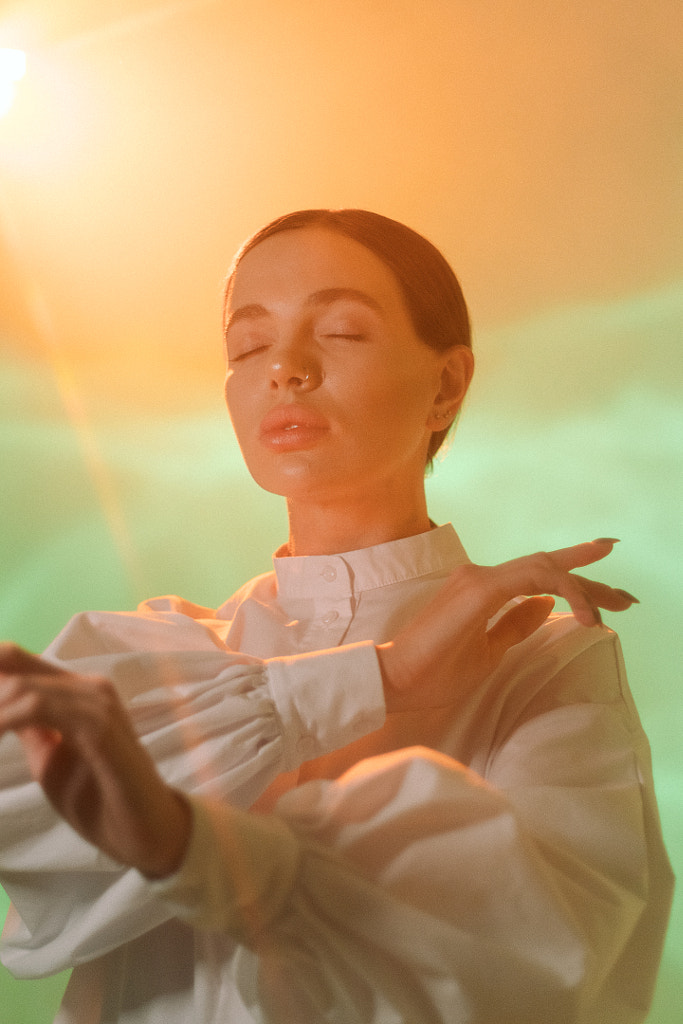
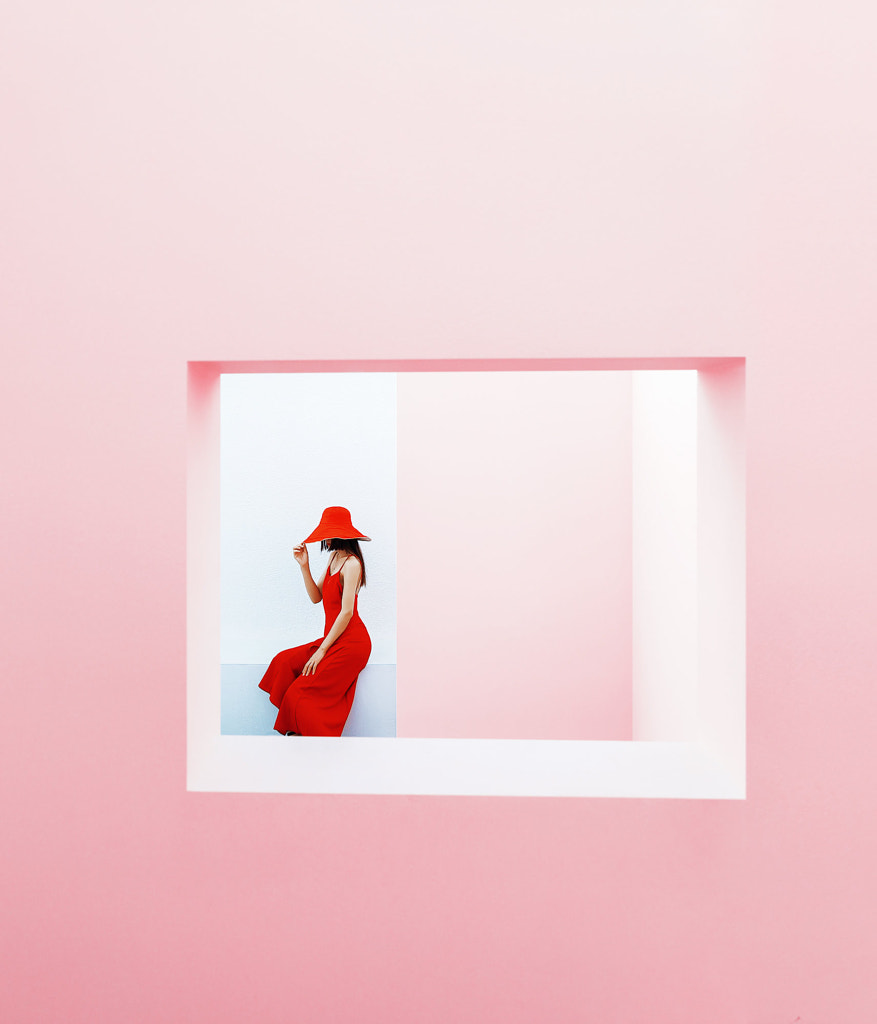
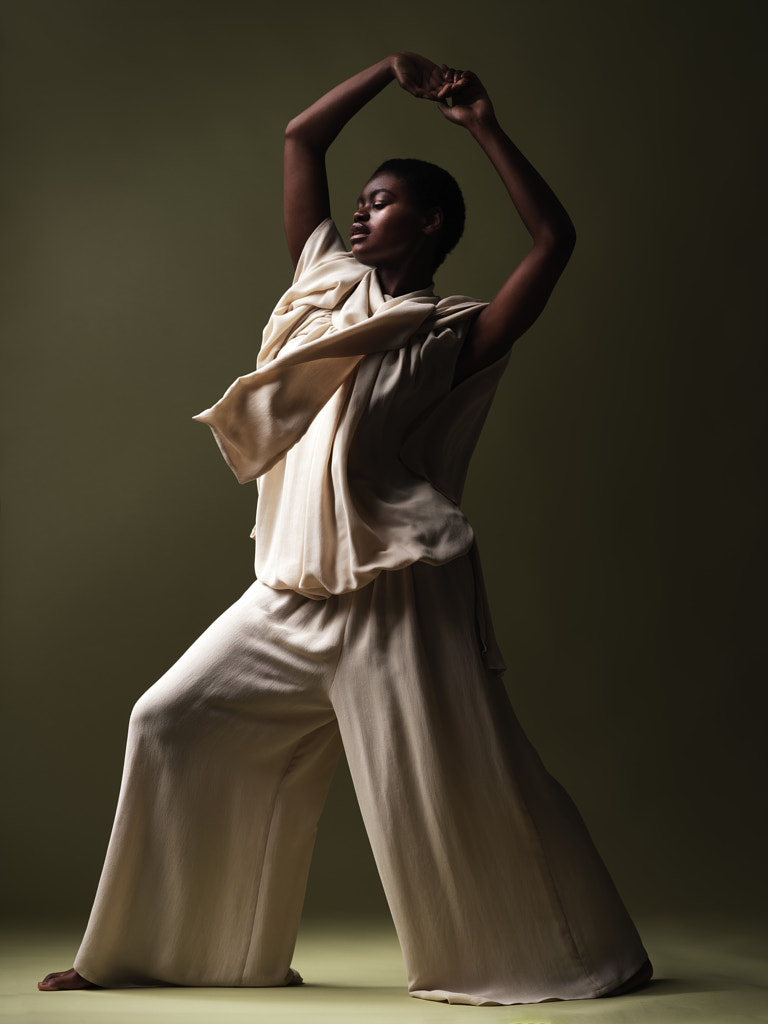


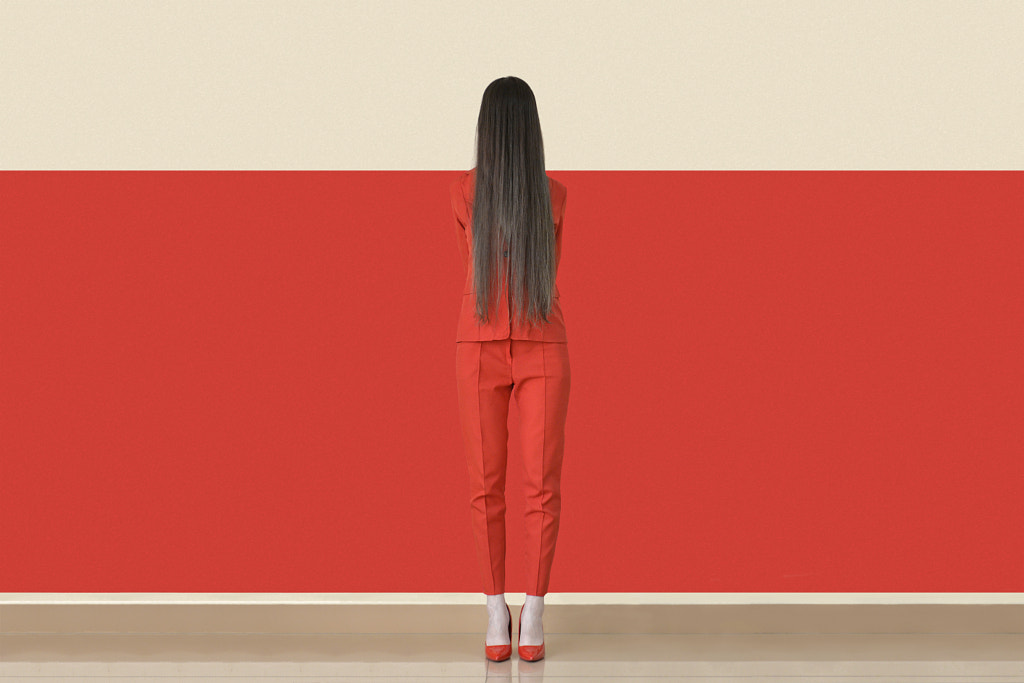
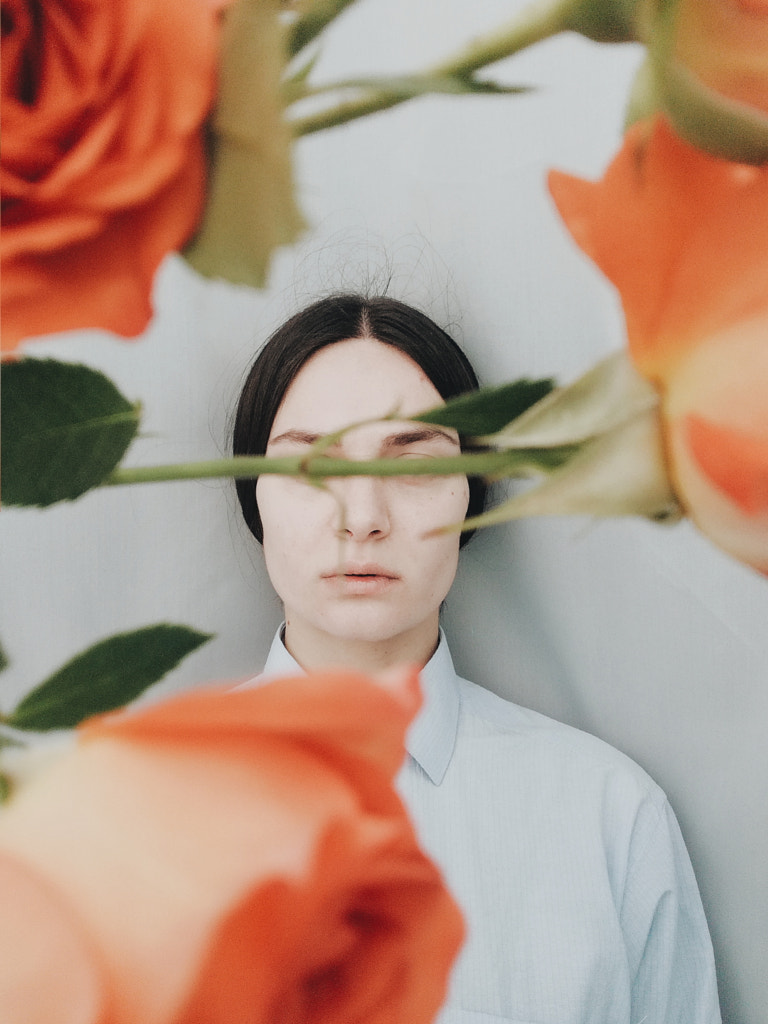

No comments:
Post a Comment